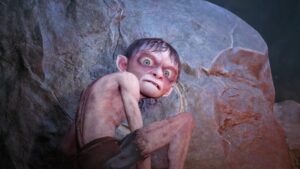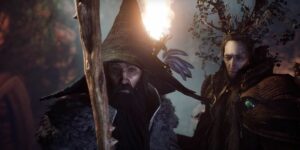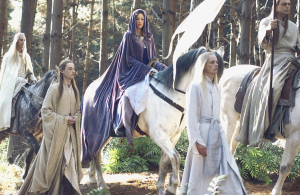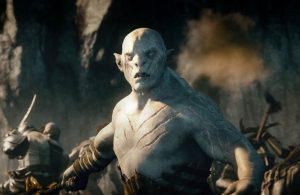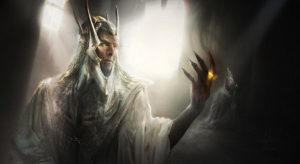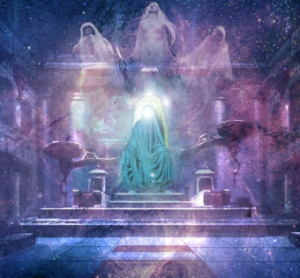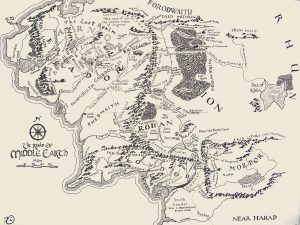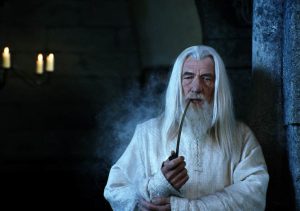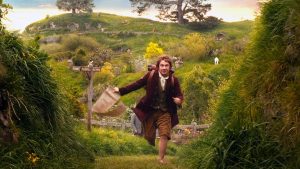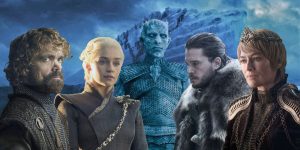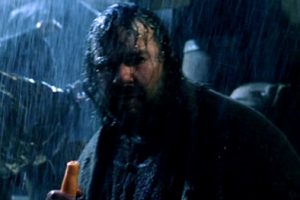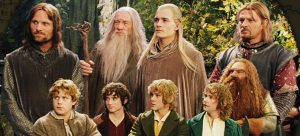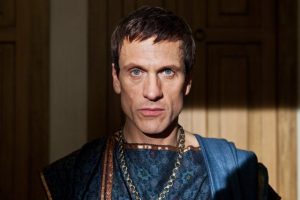As Warner Bros. continues to narrowly dodge financial ruin, no cherished classic or satisfyingly completed series in the studio’s vault is safe from being used as a lifesaver. The DC Comics universe is in the process of being rebooted for the trillionth time, Harry Potter is being reimagined for HBO Max, Game Of Thrones is spinning off into various new projects…inevitably, The Lord Of The Rings was going to get the same treatment once Warner Bros. Discovery CEO David Zaslav realized that, collectively, the two Peter Jackson-helmed film trilogies set in Middle-earth grossed over five billion dollars at the global box-office, with every installment in the franchise being an undisputed success, and that interest in the world was still strong enough as of 2022 to earn Amazon Prime Video’s The Lord Of The Rings: The Rings Of Power the service’s strongest premiere viewing numbers ever.
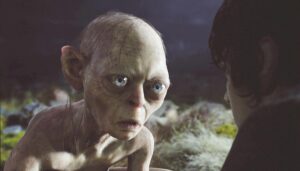
So it should come as no surprise that a new live-action film set in the continuity of Peter Jackson’s Middle-earth is already “in the early stages of script development” and slated to release in 2026. No, that announcement was boringly predictable, if anything. What did come as a shock was the series of increasingly mind-boggling reveals that the film would be produced by Jackson himself, co-written by Philippa Boyens and Fran Walsh, and directed by Andy Serkis, with Serkis also reprising the iconic and groundbreaking motion-capture role of the creature Gollum in a story set between the events of The Hobbit and The Lord Of The Rings, documenting Gollum’s hunt for his stolen Ring of Power, and the efforts by Gandalf and Aragorn to find him before the forces of Sauron. The film has the working-title “The Hunt For Gollum”, which seems apt.
My feelings in this moment are complicated. I’m happy for Peter Jackson – it would have been a terrible shame if the experience of making The Hobbit trilogy, which was by all accounts chaotic, exhausting, and often miserable for Jackson, had turned him off from ever again wanting to touch the works of J.R.R. Tolkien. And he deserves a better closer to this chapter of his career than The Battle Of The Five Armies, by far the worst of the six films; comprised almost entirely of mindless, weightless, CGI-reliant action scenes. The Hunt For Gollum, by contrast, is a small-scale (but high-stakes) tale of horror and mystery, expanding on Tolkien’s brief but chillingly vivid descriptions of Gollum’s time in Wilderland:
“The Wood-elves tracked him first, an easy task for them, for his trail was still fresh then. Through Mirkwood and back again it led them, though they never caught him. The wood was full of the rumour of him, dreadful tales even among beasts and birds. The Woodmen said that there was some new terror abroad, a ghost that drank blood. It climbed trees to find nests; it crept into holes to find the young; it slipped through windows to find cradles.”
— The Lord Of The Rings: The Fellowship Of The Ring: Book I, Chapter II; The Shadow Of The Past
That single passage kept me awake and afraid at night as a kid, and Jackson comes from a background in horror, so I can begin to see why this story in particular might have lured him back to Middle-earth at last, even if only as a producer. Of course, it’s also exemplary of the challenge the writers face adapting this story, the same challenge that the creators of Daedalic’s Gollum video game could not overcome – Gollum is, to put it lightly, not a very pleasant character to spend time with, on his own. He also lacks agency. The Ring’s influence pulls him in one direction, Sauron’s influence in another, and then Aragorn comes along and quite literally drags him kicking and screaming off in a different direction entirely. He’s held captive by Orcs and by Elves for long periods of time, and even his escapes are pre-meditated rather than the product of his own cunning.
It seems likely, then, that the characters encircling Gollum will be the true protagonists, and the film will generate a lot of buzz and social media discourse depending on which roles are recast and which of the original actors return. Viggo Mortensen is likely a bit too old now at 65 to convincingly portray a version of Aragorn younger than the one audiences first met in the inn at Bree over twenty years ago, so brace yourselves for that recasting, but Sir Ian McKellen, 84, could still plausibly come back as the wizard Gandalf, and his character’s role in this story is just small enough (limited mostly to interrogating Gollum) to make it work, but pivotal enough to make it worthwhile and special. Lee Pace returning as Thranduil seems like a given, and Orlando Bloom could conceivably show up as Legolas. Evangeline Lilly’s original character Tauriel reappearing is maybe a bit far-fetched given how she basically tanked her entire career with her anti-vaccination stance, but not out of the realm of possibility, I suppose.
One thing we can expect is that The Hunt For Gollum will adhere to the established aesthetics of Peter Jackson’s Middle-earth, though I’m taking the perhaps-too-optimistic stance that the main cast will not be exclusively white and predominantly male, as was the case on both of Jackson’s previous trilogies. All manner of bigots have sought to stake a claim on Tolkien’s invented world, and The Rings Of Power did the right thing by shaking them off. Their insistence that Jackson’s “true” version of Middle-earth asserts their worldview should be met with firm rebuttal by these filmmakers.
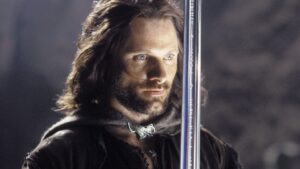
Speaking of The Rings Of Power, the show will likely still be running in 2026, when The Hunt For Gollum arrives in theaters, and it will be quite interesting to see how these two separate iterations of Middle-earth influence each other. The Rings Of Power can’t exactly bring back an actor from the films at this point, but it can do more to win over diehard fans of the books by utilizing more of the lore, and I wouldn’t be surprised if that’s exactly how they respond, by revealing some fan-favorite character set to appear in the upcoming second season (it would be most ironic if it’s Glorfindel, because of how many of the same people who hate The Rings Of Power for its “forced diversity” also hate that Jackson replaced Glorfindel with Arwen in The Fellowship Of The Ring). Then again, it’s Amazon we’re talking about, so they might just not promote the second season at all.
Anyway, what are your thoughts on The Hunt For Gollum, and the wide range of Tolkien adaptations on the market these days? Share your own thoughts, theories, and opinions, in the comments below!
